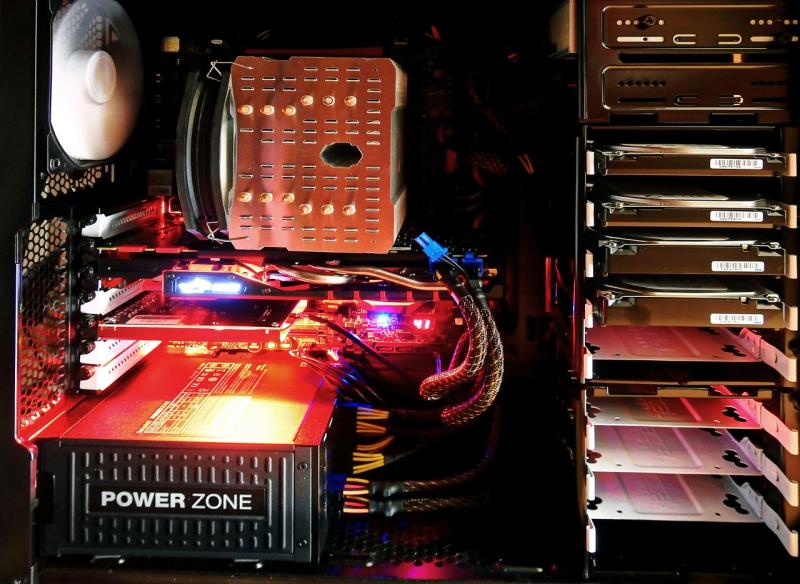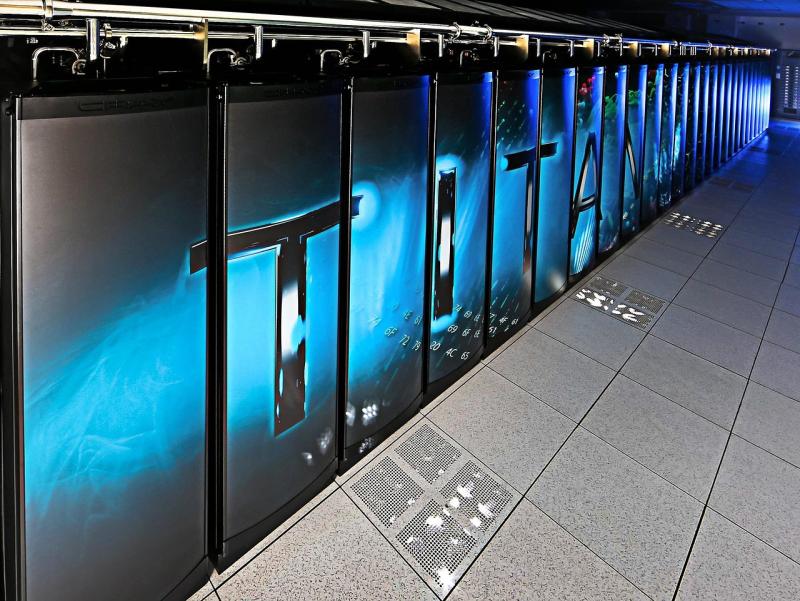Empowering the Next Generation of Learners
In today’s digital era, education has evolved far beyond traditional classrooms. The fusion of interactive multimedia, remote collaboration, and data-driven research has made high-performance technology an indispensable tool for students and educators alike. A custom PC tailored for education and e-learning is a versatile, future-proof workstation designed to handle everything from intensive research and real-time video conferencing to creative projects and immersive e-learning modules. This comprehensive guide explores how to build a custom PC that empowers the modern learner, fosters seamless collaboration, and adapts to the ever-evolving educational landscape.
#### Unrivaled Processing Power and Multitasking Capabilities
A robust CPU is the cornerstone of any educational workstation. Whether you’re running complex simulations, compiling code, or multitasking between research, word processing, and multimedia applications, a high-performance processor ensures that your system remains responsive even during peak workload.
- **Multi-Core Efficiency:** Choose a processor with multiple cores and high clock speeds, such as those from Intel’s Core i7/i9 or AMD’s Ryzen 7/9 series. These processors effectively handle simultaneous tasks—an essential requirement for running multiple applications during virtual classes, live lectures, and collaborative projects.
- **Virtualization Support:** With many educational environments embracing virtual labs and remote computing, features such as Intel VT-x or AMD-V are essential. They allow you to run virtual machines and containerized applications smoothly, providing a sandbox environment for experimentation without compromising the host system’s performance.
- **Optimized Performance for Learning Applications:** A well-balanced CPU can accelerate resource-intensive applications like digital content creation software, interactive learning platforms, and data analysis tools, elevating the educational experience and reducing downtime.
#### Ample Memory and Sufficient Storage for Research and Multimedia
Educational tasks often involve handling large datasets, high-resolution images, video files for e-learning content, and extensive research documents. Ensuring that your system has adequate memory and fast storage is critical for a fluid user experience.
- **High-Capacity RAM:** A minimum of 16GB of RAM is advisable for basic educational tasks; however, for more advanced applications like 3D simulations, video editing, or data analysis, 32GB or 64GB of high-speed DDR4/DDR5 memory can significantly enhance performance and enable smooth multitasking.
- **Lightning-Fast Storage:** NVMe SSDs are ideal for booting the operating system, launching applications rapidly, and accessing large files without delay. A hybrid storage setup—using an NVMe drive for current projects and a high-capacity HDD or secondary SSD for archival purposes—ensures that students and educators have both speed and space for extensive media libraries, research archives, and software installations.
- **RAID Configurations for Data Redundancy:** For educational institutions and advanced users, implementing RAID configurations (such as RAID 1 for mirroring or RAID 5 for a balance between speed and redundancy) provides a safeguard against data loss and ensures continuity in academic projects.
#### Connectivity, Collaborative Tools, and Peripheral Integration
The modern educational environment thrives on connectivity, collaboration, and interactive learning. A custom PC for education must incorporate comprehensive connectivity options to support a wide array of peripherals and networked devices.
- **High-Speed Interfaces:** Ensure the motherboard offers multiple USB 3.2 ports, Thunderbolt connectivity, HDMI or DisplayPort outputs, and high-speed Ethernet or Wi-Fi 6 capabilities. These connectivity options allow for seamless integration with external storage devices, high-definition document cameras, interactive whiteboards, and video conferencing equipment.
- **Multi-Monitor Support:** A multi-monitor setup can dramatically improve productivity. With extended desktops, educators can view lesson plans, monitor live class sessions, and access resource libraries simultaneously, while students can benefit from additional screen real estate for research and content creation.
- **Collaborative Hardware:** Integrate high-quality peripherals such as ergonomic keyboards, precision mice, and interactive styluses for digital whiteboards. These tools enhance user experience, promote healthy workspace ergonomics, and facilitate active engagement during virtual lessons and collaborative projects.
#### Ergonomics, Aesthetics, and User Experience
Long hours of study and virtual learning necessitate a workspace that is not only powerful but also ergonomically designed for comfort and productivity. A custom PC for education should create an inviting and distraction-free learning environment.
- **Ergonomic Workspace:** Invest in adjustable monitor stands, anti-glare screens, and ergonomic input devices. A physically comfortable setup reduces eye strain and repetitive stress injuries while fostering sustained concentration and enthusiasm among learners.
- **Aesthetically Pleasing Design:** A minimalist, organized chassis with thoughtful cable management creates a decluttered environment conducive to focus and creativity. Sleek designs with subtle RGB accents can add visual appeal without overwhelming the workspace, making the PC a proud centerpiece of any study area.
- **Quiet Operation:** Low-noise cooling solutions—such as high-quality, low-decibel fans or silent liquid cooling systems—ensure that the machine operates quietly, preserving concentration during online classes, study sessions, and examinations.
#### Software Optimization and Enhanced Security
A custom PC for education must strike a balance between performance and safety, ensuring a stable software environment tailored for learning.
- **Streamlined Operating Systems:** Choose an operating system optimized for education, with minimal bloat and enhanced responsiveness. Customized Linux distributions or streamlined versions of Windows designed for education can provide a secure, efficient platform for both learning and teaching.
- **Automation and Collaboration Tools:** Integrate classroom management software, collaborative document editing tools, and video conferencing applications that seamlessly connect learners and educators. These tools enable remote collaboration, file sharing, real-time feedback, and interactive learning experiences.
- **Enhanced Security Measures:** Data protection is paramount in an educational setting. Strong antivirus software, firewalls, and regular encryption of sensitive data ensure that all academic and personal information remains secure. Routine system updates and proactive security protocols guard against cyber threats and provide a safe digital environment for students and teachers alike.
#### Future-Proofing and Scalability
As educational demands evolve, a custom PC for education must be designed with future scalability in mind.
- **Modular and Upgradeable Architecture:** Choose a motherboard with extra DIMM slots, multiple PCIe lanes, and additional storage interfaces. This approach allows for easy future upgrades—be it additional RAM for more intensive applications, upgraded graphics capabilities for multimedia content, or extra storage as research archives expand.
- **Energy Efficiency:** Incorporating an 80 PLUS certified power supply and energy-efficient components ensures that the system runs reliably over long periods without incurring high energy costs—a crucial factor when the device is used continuously in a classroom or home office setting.
- **Adaptability to Emerging Trends:** With technological advancements rapidly transforming education—ranging from virtual reality classrooms to data-driven personalized learning—a future-proof design ensures that the custom PC remains relevant, efficient, and capable of supporting new educational tools and platforms as they emerge.
#### Conclusion: Empowering Learning Through Customized Technology
A custom PC for education and e-learning offers a dynamic, high-performance solution that adapts to the evolving needs of modern students and educators. By combining a powerful multi-core CPU, ample memory, ultra-fast storage, robust connectivity, and an ergonomic, aesthetically pleasing design, you create an environment that enhances educational productivity, fosters creative collaboration, and supports data-intensive research. With a future-proof, scalable architecture and strong security measures in place, this custom PC not only meets today’s educational demands but is also poised to embrace the innovations of tomorrow—empowering the next generation of learners and educators to realize their full potential.
---
### SEO Keywords:
custom PC for education, e-learning workstation, school computer build, custom education PC, remote learning computer, educational workstation, high-performance learning PC, ergonomic study PC, future-proof education PC, multi-monitor classroom PC, secure PC for students, custom PC for teachers
View our related products
See more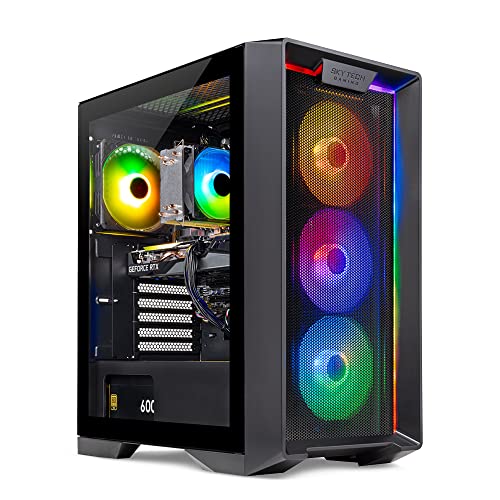
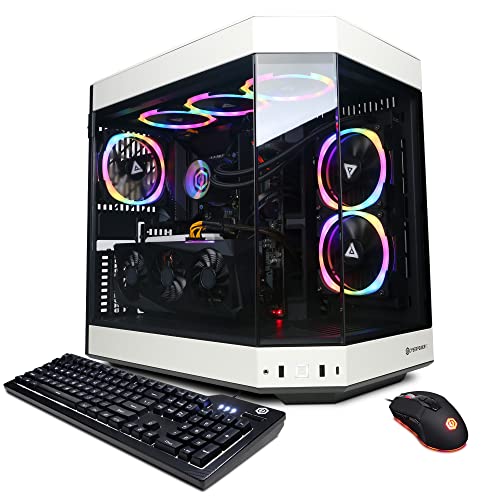
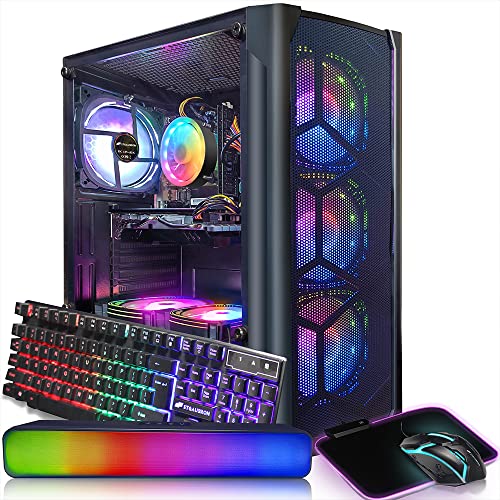
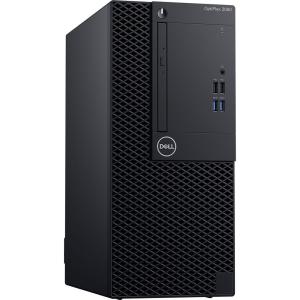
Custom PC for Education and E-Learning
Related Articles
Essential High-Performance PC Components You Need Now
Upgrade your setup with the must-have parts for unbeatable gaming and productivity
Top Picks for Best High-Performance PCs
Find the perfect power machine for gaming, work, or creative projects
Your Guide to the Best High-Performance PCs
Find the Right PC for Your Gaming and Creative Needs
View our related products
See more



